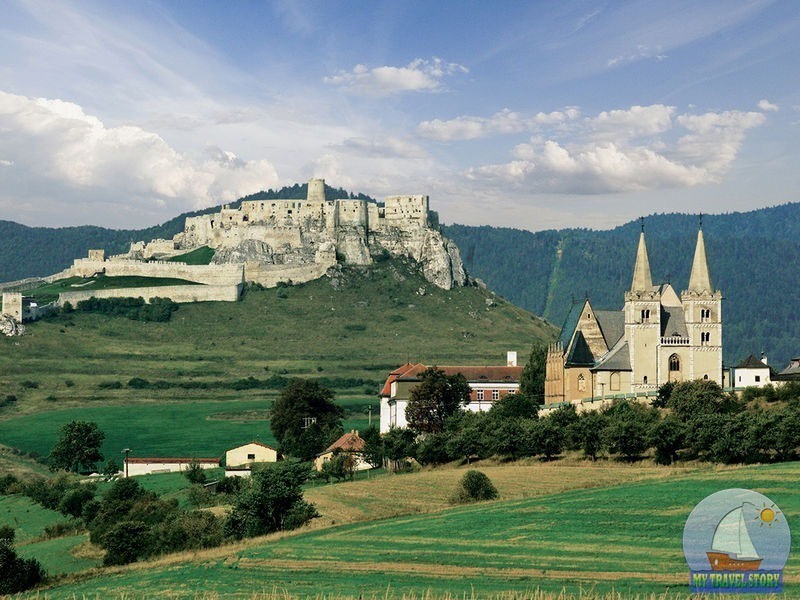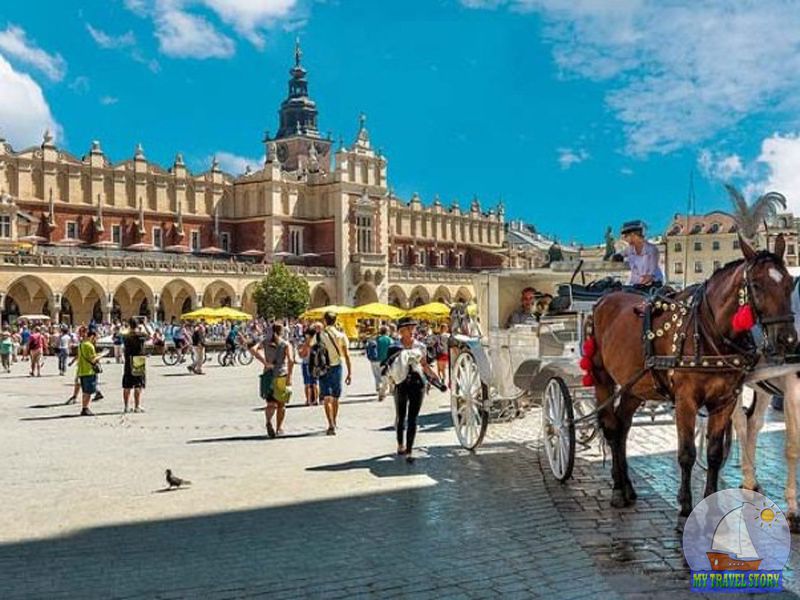
Croatia – a country in Central Europe, which occupies part of the Balkan Peninsula. The capital – Zagreb. Other major cities and resorts – Split, Rijeka, Dubrovnik, Pula. The western part of the country bordering the Adriatic Sea.
In general, there are three resorts Istria, South and Central Dalmatia. Apart from a beach holiday in Croatia, visitors can enjoy the ski resorts (Sljeme, Platak) and mineral springs (Sibenik, Lošinj and others.)
Dual climate. In mainland – moderate, sometimes alpine and on the Adriatic coast – Mediterranean. The resorts distinguish two seasons: hot and dry summers, wet winters and brief.
Monetary unit – Croatian Kuna. State system – a parliamentary republic. The total population, according to recent data, reserves of 4.2 million Inhabitants. More than 80% – Catholics.
At the state level, used the Croatian language, but informally used and English and German, and Italian. According to the administrative division recovered 21 counties (regions), which, in turn, are composed of many cities and communities.
Plitvice Lakes

Plitvice Lakes – one of the favorite tourist attractions on the territory of Croatia; National Park with 16 lakes and an unusually rich flora and fauna. The first mention of the Plitvice Lakes belongs to the 18th century, but elevate the area and surround the tourist infrastructure began only in the mid-20th century.
Regardless of the season, the Plitvice Lakes area is incredibly picturesque. The summer months are the most crowded, and in winter the lake freezes. The best time to visit – late spring and early autumn, when there are so many visitors. Entrance to the park for an extra charge, but for children up to 7 years – free of charge. For Plitvice Lakes are two entrances / entry: upper and lower. Most of the attractions is the second way. At the entrance there is paid parking.

These lakes do not leave anyone indifferent. Beating from underground sources and passing through the mountain cleft, water becomes unusually beautiful colors. Most of the lake is an emerald-blue color. In some places one can see the fish. While swimming, fishing or picnics on the territory of the park is prohibited. Around the lake rises the limestone mountains of varying heights. They are covered with dense forests and thickets in their usual different animals. On the territory of the Plitvice Lakes is not less than 200 animal species and more than 1000 plants, some of which are endemic.
Deep into the thicket is not recommended to go, because you can stumble on wild animals, even bears. Walking tours usually take 2 to 8 hours, but it is better to book in advance. In the vicinity of the park there are plenty of hotels of different price categories. The total area of about 29.5 hectares of the park. To get there from Zagreb can be on lines A1 and D1; distance of about 105 km. The nearest town – Grabovac. It is located just 10 km from the lakes.
Diocletian’s Palace

Attractions Croatia. Diocletian’s Palace – one of the best preserved palaces of the Roman period, located in the city of Split, Croatia. Construction of the palace initiated the Emperor Diocletian. This is the place he had chosen not by chance. Not far from Split was his place of birth – City Salon. The palace was founded at the end of III century AD and today it has more than 1700 years.
Over time around it has grown a whole city. Although she palace area resembles an ancient fort. In the time of Diocletian’s Imperial Palace also served as a defensive structure. In form it resembles a rectangle with four inputs: the southern, northern, western and eastern. In the corners are raised 16 towers. The whole area takes at least 3 hectares.

A favorite meeting place for local residents and visitors to the city is the central area of the complex, the so-called Peristyle. Before passing through the main entrance to Diocletian’s residence, but today it’s just a venue for popular festivals. After the emperor’s death other Roman rulers used the palace until the end of the V century. With the spread of Christianity in the western gate of the cross image appeared.
On the streets of the old palace complex, you can sit in the shady cafes and restaurants. Eyewitnesses claim that the ancient atmosphere is perfectly combined with modernity. In addition to the Peristyle is to provide the Temple of Jupiter separately (now the Baptistery) and the bell tower of the patron saint of the city – St. Duje. Getting to Split can be both on the plane and on the bus from the other major cities of Croatia. 25 km from the center of an international airport.
Amphitheater in Pula

The amphitheater in Pula – the object of the Roman heritage in Croatia. It located near Rijeka and Poreč. The Romans left many sights on European territory and amphitheater in Pula is one of them.
It was built as an arena for gladiatorial combat and today is the only amphitheater with four towers and with all three Roman architectural orders.
For its size it is the sixth ancient Roman arena in the world. To get to Pula from Split and Dubrovnik decided on a plane, as a considerable distance, but from Rijeka and Porec can be two hours away by car.

Construction of the theater dates back to the reign of Vespasian, namely to the I century AD However, the most lively and at the same time, fierce fighting took place during the reign of Diocletian (III-IV centuries AD.) About a hundred years fighting finally stopped, and the era of Christianity.
Arena size is 68h42 m. The underground part there is an interesting museum with ancient artifacts. Previously, there was going to at the same time up to 23 thousand spectators to watch the bloody battles, and today the amphitheater in Pula is an excellent venue for festivals and theatrical productions.
Old Town in Dubrovnik
Attractions Croatia. Old Town in Dubrovnik – historical and the most visited part of the city of Dubrovnik in Croatia. This city is often called the “Pearl of the Adriatic” and it has a lot of reasons. It was formed about VII century AD in South Dalmatia. Some of the buildings, which are located in the old town, have survived from the XII century. Tourists loved the old Fort for spectacular views of the sea and the city in general.

Around the middle of the XV century Dubrovnik was badly affected by the earthquake. Survived only walls and a pair of temples. Therefore, many of the buildings have since been rebuilt. The second large-scale destruction followed during the Serbo-Croatian conflict in the early 1990s. Fortunately, all of the unique architectural monuments restored today. The favorite promenade area with tourists is the main street – Stradun.
No less exciting climb to the height of the fortress walls, offering spectacular views of the surrounding landscape: the sea, the islands and the entire city. It is believed that a better view opens from the tower Minčeta. Entrance to the fort is through the Pile Gate. By the way, in addition to the old part of Dubrovnik, there are new city, built in the late XIX – early XX centuries. City walls of the Old part of walking to get around, as their length of about 2 km.

From the old, but the surviving structures, can be identified Cathedral of the Assumption of the Virgin Mary, which houses a unique collection of precious relics, and the Prince’s Palace, which served as the residence of the rulers. Today it takes a museum. The walls of the old city in places reach a height of 25 meters and a thickness of 4 meters. Skip it is open to visitors from 8 am until evening. The main thing to have with you a bottle of water, as the ascents and descents require a lot of energy. Along the way there are numerous narrow streets, cafes and museums.
Dubrovnik – this is a must visit tourist destination, arriving in Croatia. According to the number of historical, cultural and architectural attractions, is one of the most beautiful cities of the Adriatic. The airport is located just 22 km south of the center. Flights from Zagreb takes about 1 hour.













